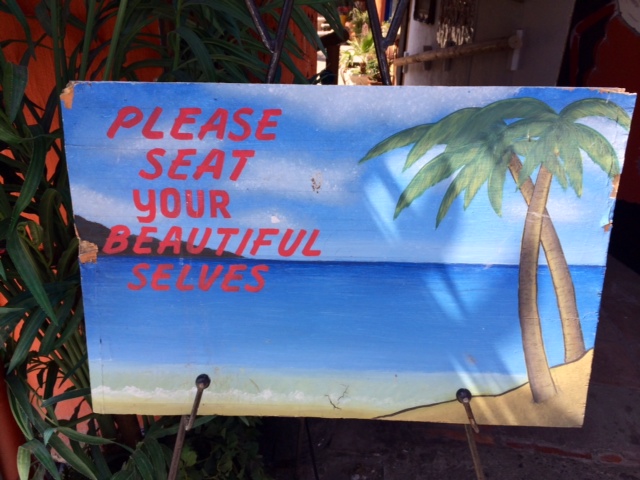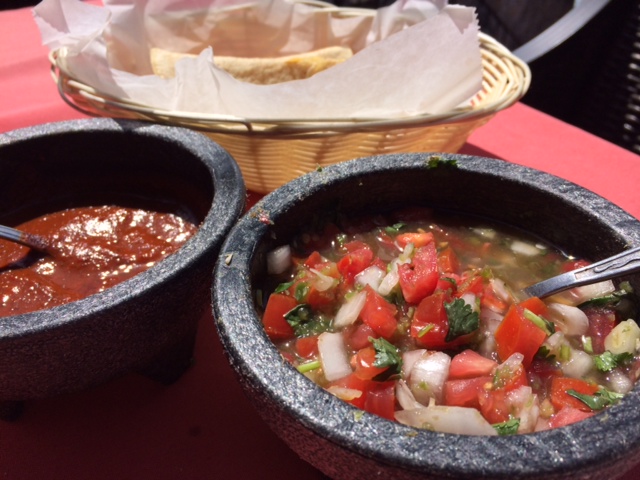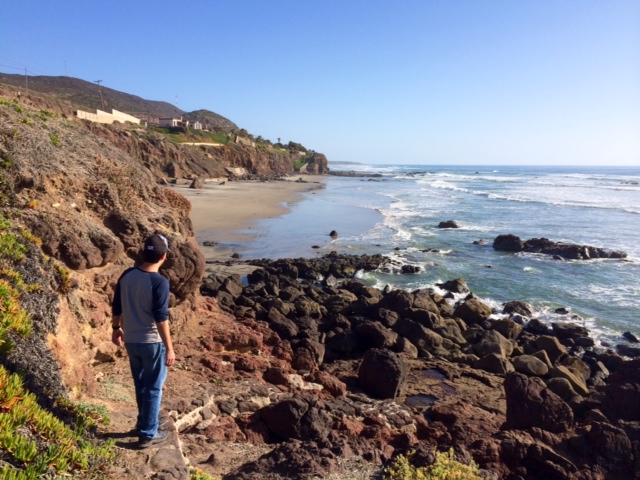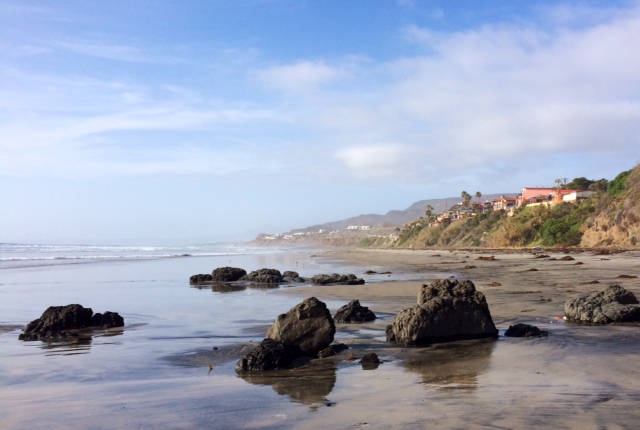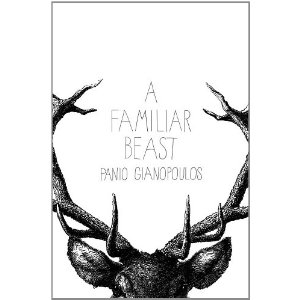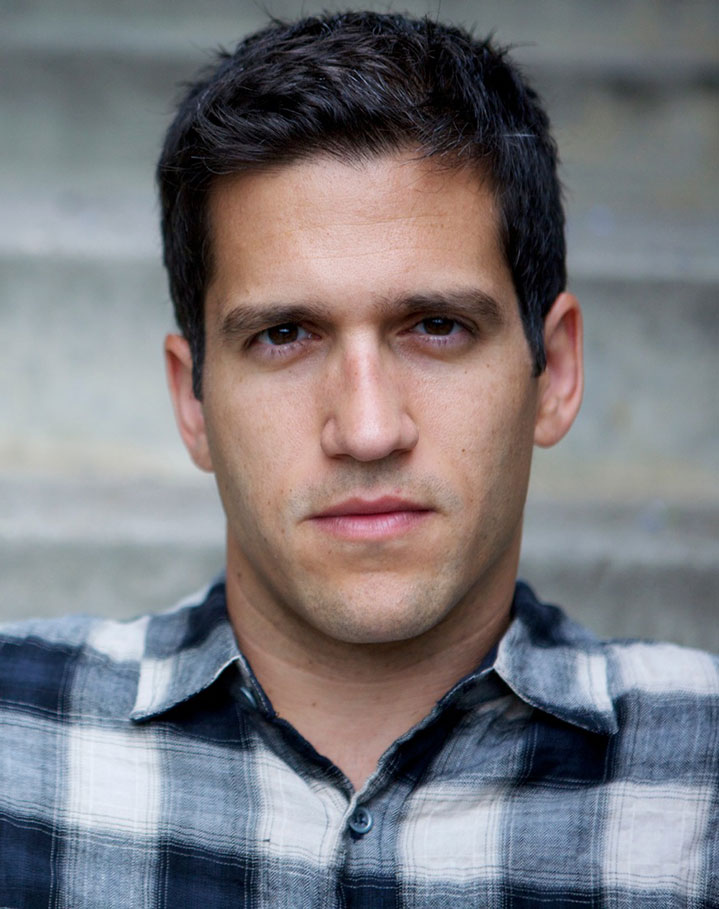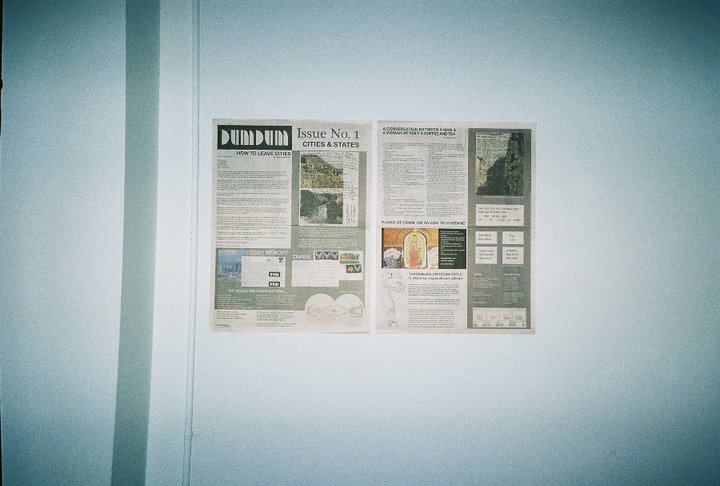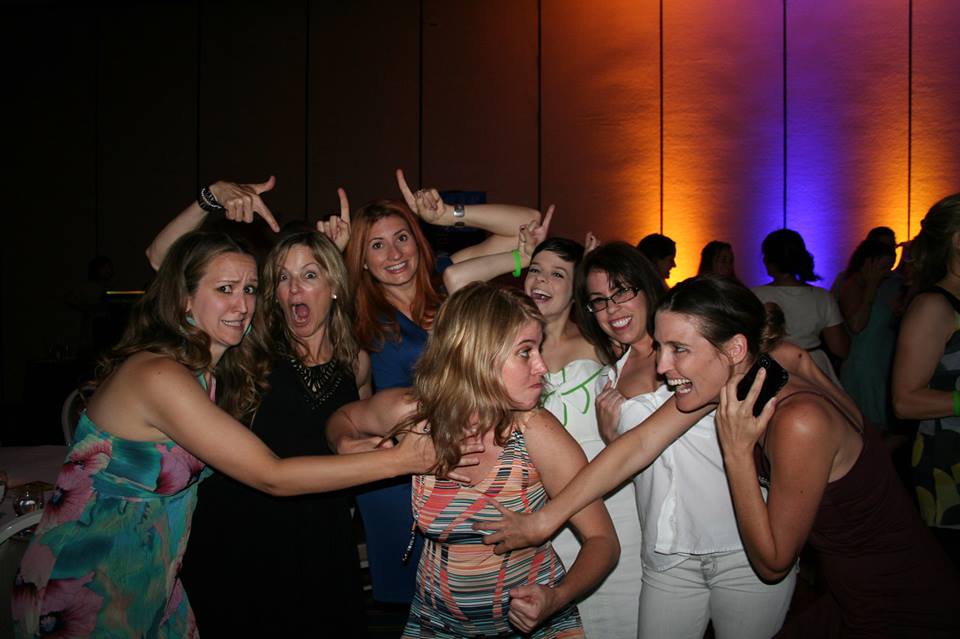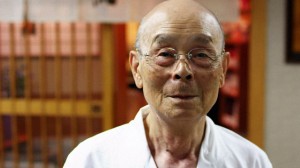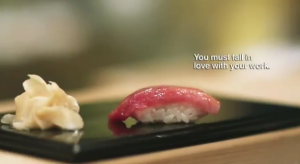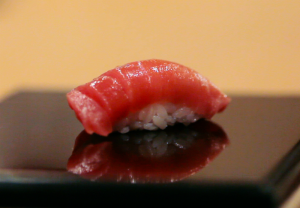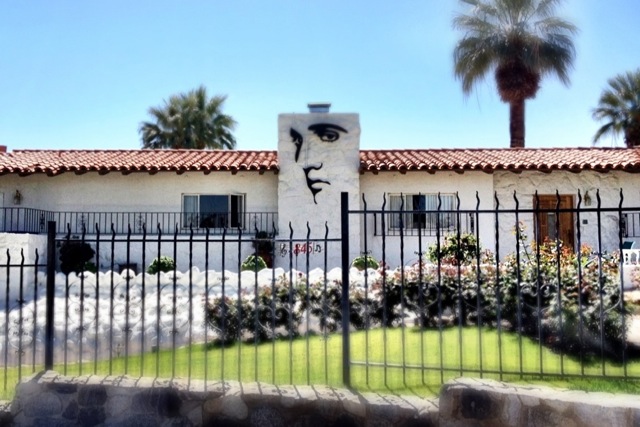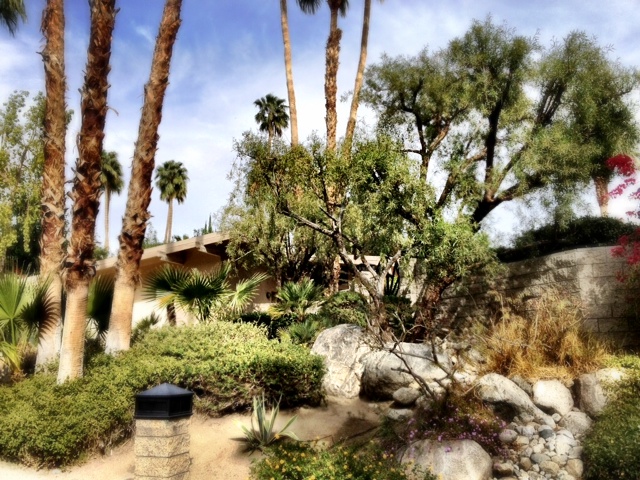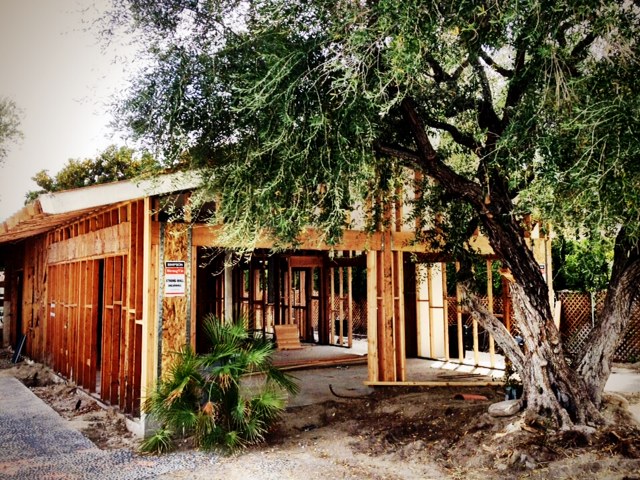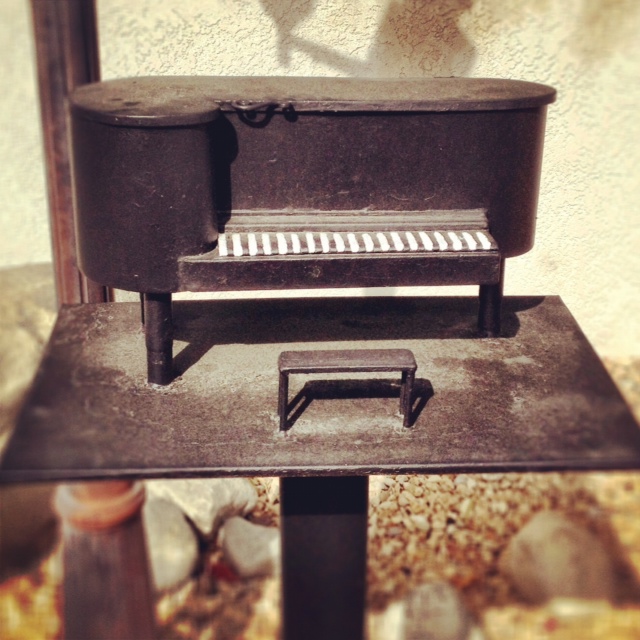Travel is very important to The Husband and me. But so is saving money, especially now that we have a baby on the way.
So while we did want to indulge in a babymoon — our last getaway as a couple before our boy is born — we also wanted to keep enough cash in the bank to afford diapers when it was all over. We decided to ditch the traditional advice, since an all-inclusive in the Virgin Islands was simply not in our budget, and plan our own luxury-on-a-shoestring excursion.
Here are five easy questions we asked ourselves. Use them to plan a babymoon, or any kind of vacation, of your own.
1. What do you want to do?
Are you seeking action or something more leisurely? Want nightlife or nature? Sightseeing or sunset gazing? Determine the kind of vacation you’d like to have. Once you figure out your priorities, you can whittle down the destination options.
Even though The Husband and I typically enjoy more adventurous excursions, we desperately wanted to relax and recharge. We decided to look for a beautiful location where we could hike and take long walks, as well as a nice room where we could curl up together.
2. How will you get there?
Decide how you want to get where you’re going. Think about what will be the best for your budget AND the most hassle-free. We all know how to get a cheap flight, but if you have to drive a few hundred miles to catch a redeye or endure a 7-hour layover somewhere, is it still worth it?
While The Husband and I love to fly, we knew driving would be the easiest and most frugal way for us to travel. Depending on where you live, though, you might find some terrific air travel deals that are both time-saving and low-cost.
With the goal of a one-tank trip in mind, we looked at locations within a five-hour driving radius of our home. Our options included Las Vegas, coastal California, southern Arizona and northern Mexico. I’m not crazy about Vegas (I know, I know — I’m THE ONE person who doesn’t care what happens in Vegas or if it stays there), and we’ve already spent considerable time vacationing throughout California and Arizona.
We figured Mexico would give us a new locale to explore, and our money would go farther there. For instance, for the price of two nights at a beach hotel in California, we could afford four nights in Baja.
3. What time of year is your vacation?
This sounds so simple, but you’d be surprised how often it slips past when planning a getaway, and it can actually make or break your vacation. Ask yourself: What’s the weather like where you’re going? Do they have any festivals or major events happening when you’ll be there?
There are plenty of travel articles that will tell you vacationing off-season is a great way to stretch your budget, and that’s true. But really think about where you’re going, consider the potential risks and determine your comfort level, which is particularly important when you’re pregnant. Are you willing to brave Miami in the midst of hurricane season? Will you still enjoy Costa Rica if it rains every day? Will you be comfortable in the desert if it’s 120 degrees? It’s fine if your answer is yes; just arm yourself with this information in advance and plan accordingly.
Now look at what else will be happening in your destination while you’ll be there. To use an extreme example: Say you end up babymooning in Rio during the World Cup. Not only will you be battling crowds for tables at restaurants and places to stay, you’re also going to face severely inflated prices. You’ll probably still have a great time — but it might not be the getaway you originally envisioned.
In our case, The Husband and I were a little apprehensive about heading to Mexico during spring break. But since we decided to stay in a sleepy, seaside village and not anywhere with a Señor Frog’s, we didn’t have any issues with drunk fraternity brothers.
4. Where will you sleep?
Think about what kind of accommodations will make you most comfortable. Do you want to stay in a big hotel with a lot of amenities? Or are you looking for a boutique hotel with a lot of personality? Do you want a pool, a gym, a restaurant on site? Or are you looking for a totally unique experience, like a B&B? What’s important to you? I’m not much for room service, but I have some friends who consider it one of life’s greatest pleasures.
The Husband and I like to use Airbnb, an accommodations website with unique listings all over the world — anything from private rooms to entire houses. (Even clock towers and treehouses!)
For this vacation, we wanted an entire apartment to ourselves. It was also important that we have our own kitchen, because we both have special dietary needs, and we wanted to keep costs down by making some of our own meals. (We tend to cook two of our own meals a day, eat one nice meal out.)
What made this place special is that our host gave us the kind of personalized experience that you rarely find from a hotel, unless you’re paying top dollar. Cathy organized our Mexican car insurance for us in advance. She booked our massages with a trustworthy and experienced professional. She welcomed us with a tray of fresh-basked cookies. And she gave us invaluable advice on places to go, things to do and what to eat.
5. What else will make you feel comfortable?
This will be different for everyone and will depend on your situation.
I had two major concerns about leaving the country for my babymoon: Medical care and clean water.
Again, our Airbnb host was incredibly helpful. Cathy is an American who has been living in Mexico for 12 years, and she assured me of the quality doctors/hospitals located near her rental. She also offered to give me a list of physician names and phone numbers.
Her place does have filtered tap water (and all the restaurants nearby use filtered water too). That said, I’m very, very careful when it comes to water, so I purified it anyway. I use a SteriPen Adventurer Opti, which is my constant travel companion. It’s portable, it’s easy, and it works. And it’s saved me thousands of dollars over the years, because I never have to buy bottled water, no matter where I go in the world.
Here’s the final breakdown of our babymoon, which you can read more about here:
* The price of the suite rental came to $320. ($300 + cleaning fee).
* Our Mexican car insurance, required by law, was $40.
* Before we crossed the border, The Husband and I took out $200 from an ATM to pay for our food, massages, tolls and other assorted expenses — and we returned to the U.S. with $10 in our pockets.
So our grand total for five days was $550. (Plus one tank of gas, but I factor fuel into a different place in my budget.)
I’ve definitely traveled cheaper, but our priority here was comfort as well as a budget. We could have done without massages or some of our pricier meals, or we could have stayed at a smaller place off the beach. But we wouldn’t have quite as many beautiful memories — and those, of course, are priceless.



